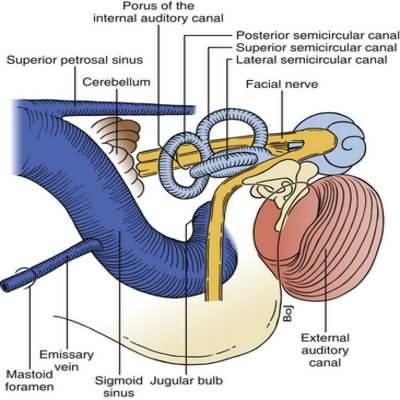macular degeneration
macular degeneration
Its prevalence progressively increases over age 50 years (to almost 30% by age 75)
Its occurrence and response to treatment are possibly influenced by genetically determined variations in the complement pathway and lipoprotein metabolism
Other associated factors are race (usually white), sex (slight female predominance), family history, cigarette smoking, and possibly regular aspirin use
Age-related macular degeneration is classified into dry (“atrophic,” “geographic”) and wet (“neovascular,” “exudative”)
Although both are progressive and usually bilateral, they differ in manifestations, prognosis, and management
Clinical Findings
The precursor to age-related macular degeneration is agerelated maculopathy that is characterized by retinal drusenHard drusen appear ophthalmoscopically as discrete yel- low deposits
Soft drusen are larger, paler, and less distinct
Large, confluent soft drusen are particularly associated with neovascular (wet) age-related macular degeneration
Age-related macular degeneration results in loss of central field of vision only
Peripheral fields, and hence naviga- tional vision, are maintained
“Dry” age-related macular degeneration is characterized by gradually progressive bilateral visual loss of moderate severity due to atrophy and degeneration of the outer retina and retinal pigment epithelium
In “wet” agrelated macular degeneration, choroidal new vessels grow between the retinal pigment epithelium and Bruch membrane, leading to accumulation of exudative fluid, hemorrhage, and fibrosis
The onset of visual loss is more rapid and more severe than in atrophic degeneration
The two eyes are frequently affected sequentially over a period of a few years
Although “dry” age-related macular degeneration is much more common, “wet” age-related macular degeneration accounts for about 90% of all cases of legal blindness due to age-related macular degeneration
Treatment
No dietary modification has been shown to prevent the development of age-related maculopathy, but its progression may be reduced by oral treatment with antioxidants (vitamins C and E), zinc, copper, and carotenoids (lutein and zeaxanthin, rather than vitamin A [beta-carotene])Oral omega-3 fatty acids do not provide additional benefit
In wet degeneration, inhibitors of vascular endothelial growth factors (VEGF), such as ranibizumab (Lucentis), pegaptanib (Macugen), bevacizumab (Avastin), and aflibercept (VEGF Trap-Eye, Eylea), reverse choroidal neovascularization with stabilization of vision
Long term repeated intraocular injections are required
Treatment
is well tolerated with minimal adverse effects, but there is a risk of intraocular complications and up to one-third of eyes have a poor outcomeIn bilateral severe disease, macular surgery may be beneficial
There is no specific treatment for dry degeneration but, as for wet degeneration, rehabilitation including low-vision aids is important
When to Refer
Older patients with sudden visual loss due to macular disease, particularly paracentral distortion or scotoma with preservation of central acuity, should be referred urgently to an ophthalmologist

















